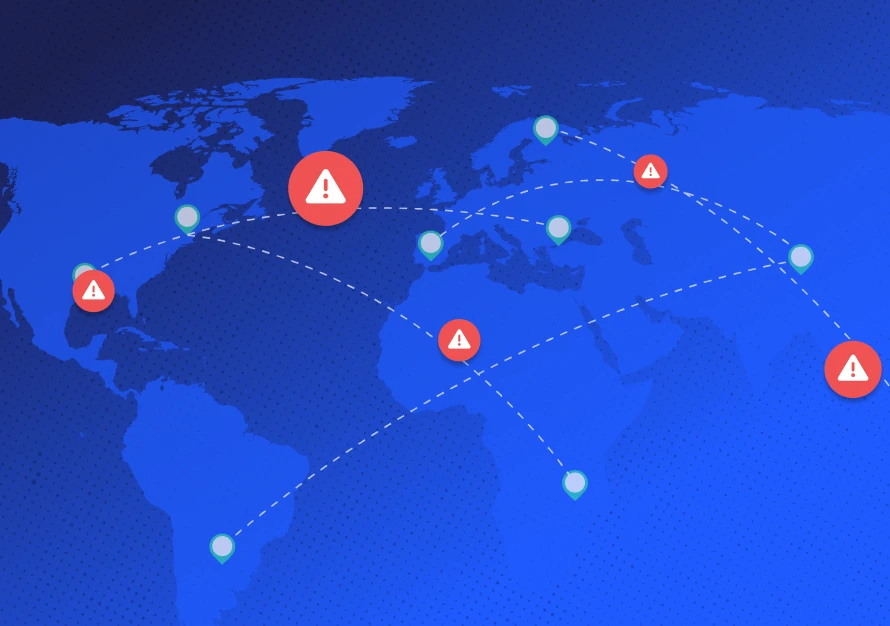Companies that effectively promote a culture of safety can help avoid costly litigation and boost employee morale. One of the best tools to promote and measure workplace safety while allowing for worker engagement is through an employee perception survey.
Far too many employers focus on reactive safety programs, which only resolve an issue after it occurs—often too late. Employee perception surveys are used to assess how workers understand or feel about work situations or environments, helping to prevent any incidents before they happen.
These surveys look at needs, answer questions, solve problems, establish baselines, analyze trends, and set goals. But most importantly, they get employees on all levels thinking and talking about safety in the same way and provide them an opportunity to share their recommendations for improvement.
Considering one of the main challenges with implementing a safe culture is engaging and motivating employees, an employee perception survey could be a simple, low-cost solution. But according to an Avetta report, only 33% of respondents use employee perception surveys to assess the strength of their safety cultures—yet surveys allow companies to:
- Encourage employees to provide feedback on performance
- Obtain information for future direction
- Reveal any disparities between the beliefs of workers and those of management
- Identify safety gaps and provide solutions
- Highlight relationship issues between management and employees
- Provide an opportunity for employees’ opinions to be voiced and shows interests in their concerns
- Identify gaps between company goals and actual policies
- Serve as internal benchmarks that is measured on a consistent basis
- Determine where current programs work and where there is room for improvement
- Encourage open communication among various organizational levels
It’s important to ensure survey questions will provide responses that will be useful to a company’s supply chain safety policies and its operation. To do so, employee perception surveys need to be reliable and validated.
Both reliability and validity are important aspects of any employee safety perception survey. Reliability ensures consistency—surveys should be administered repeatedly over a set period of time and obtain similar results. This will also avoid wasting time and resources.
Just like any survey, the questions you ask matter. To be valid, the survey must address questions that are in line with the measurements that are desired. They should be easy to comprehend by employees and pertain to the effectiveness of safety protocols as well as the perceived participation level of each team member. Also, focus on broader topics rather than those that are narrowly focused—that will be the best way to achieve the validity that is required.
When properly executed, safety perception surveys can deliver several key benefits. By incorporating these surveys into your supply chain management, leaders at all levels will gain a better understanding of what is working and what needs improvement. The results should be evaluated to determine what changes, if any, should be incorporated into the safety program.

.svg)

.svg)
.svg)

.svg)

.svg)








